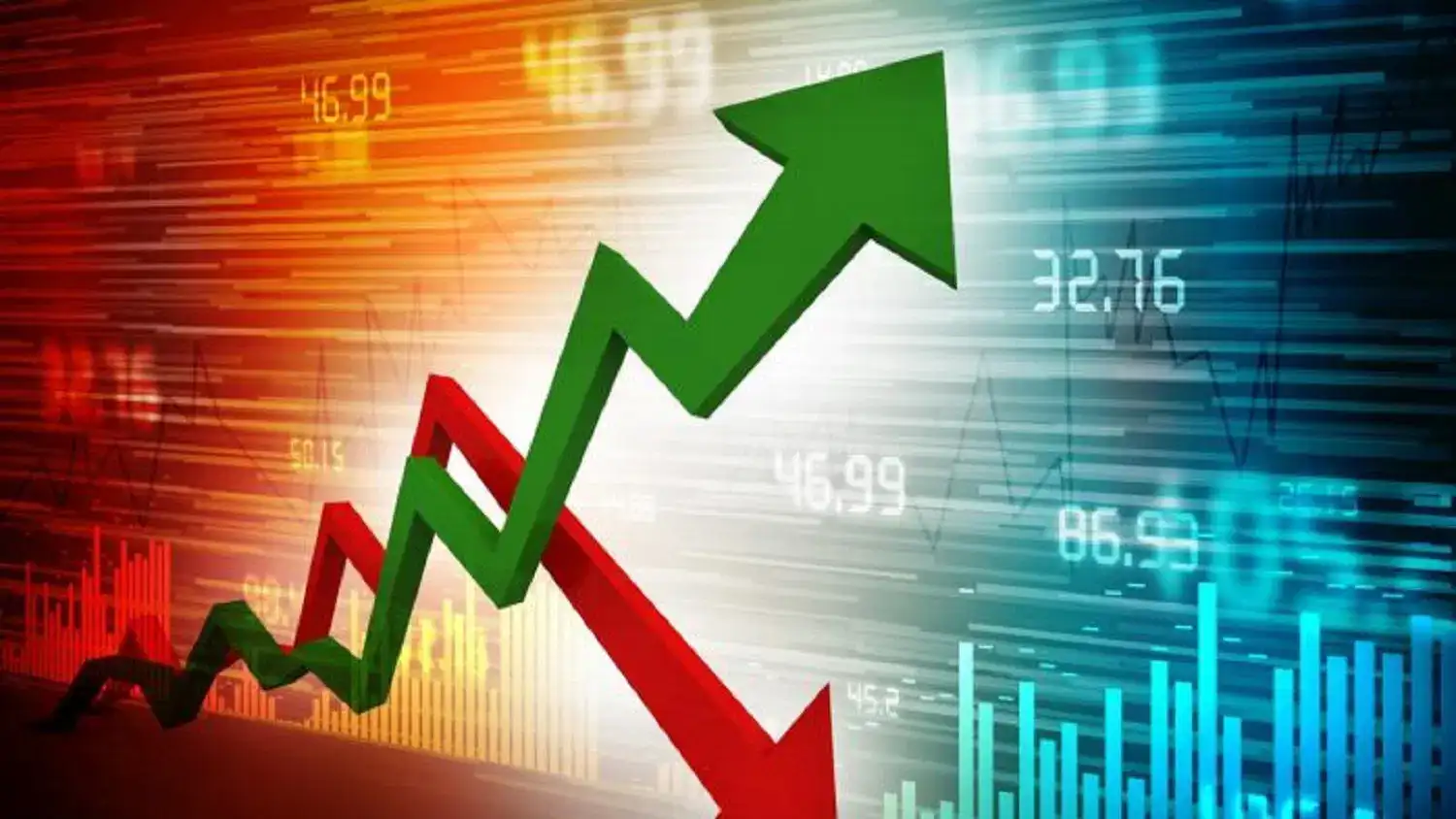
Inflation rose 2.9% year-over-year in December, according to the latest Consumer Price Index (CPI) data, underscoring the Federal Reserve’s ongoing struggle to control persistently high prices. The CPI tracks changes in the cost of a typical basket of goods and services, offering a snapshot of price trends.
Economists surveyed by FactSet had predicted a slightly lower increase of 2.8%, making December’s figure a modest disappointment. However, core CPI—excluding volatile food and energy prices—rose 3.2%, slightly below the 3.3% forecast. This marks the smallest annual rise in core CPI since July 2024, signaling some progress in the Fed’s inflation battle, as noted by PNC Financial Services Group.
Federal Reserve’s Next Steps
The Federal Reserve has been gradually reducing interest rates after a series of aggressive hikes aimed at curbing inflation, which peaked at a four-decade high of 9.1% in June 2022. Despite the progress, the central bank faces challenges in achieving its 2% inflation target. December’s data may lead the Fed to delay further rate cuts, with its next policy meeting set for January 29.
Wall Street’s Reaction
The cooler-than-expected core CPI data reassured investors, boosting the S&P 500 by 95 points (1.6%) in early trading on Wednesday. Economists at High Frequency Economics emphasized that inflation appears neither to be accelerating nor crashing, easing concerns of renewed price pressures.
Goldman Sachs Asset Management’s Tina Adatia suggested that while the December report likely rules out a January rate cut, it strengthens the case for further reductions later in 2025.
Consumer Impact and Rising Costs
Despite Wall Street’s optimism, the CPI report highlights continued pressure on consumers. Prices for essentials like gasoline (up 4.4% from November), food, and housing drove December’s increase. David Royal, Chief Financial Officer at Thrivent, noted that rising costs of everyday items could weigh on consumer confidence, which remains fragile due to inflation concerns.
Food prices, which had remained stable in early 2024, saw a resurgence, with December marking a 0.3% monthly increase.
Price Trends Since 2019
The table below highlights price changes for select consumer goods since 2019:
| Item | 2019 Price | Current Price | % Increase |
| Dozen Eggs | $1.41 | $3.65 | 160% |
| Frozen Orange Juice | $2.26 | $4.31 | 90% |
| Sugar | $0.59 | $1.00 | 70% |
| Coffee | $4.20 | $6.87 | 64% |
| Soft Drinks (12-Pack) | $0.34 | $0.55 | 60% |
These figures illustrate the rising cost of basic commodities, underscoring the ongoing challenge inflation poses to American households.
Looking Ahead
While the December CPI report shows signs of progress, mixed data and external factors, including policy changes from the incoming Trump administration, could reignite inflationary pressures. Economists remain cautiously optimistic, with many predicting the Federal Reserve will hold steady in January while eyeing further rate cuts later in the year.


